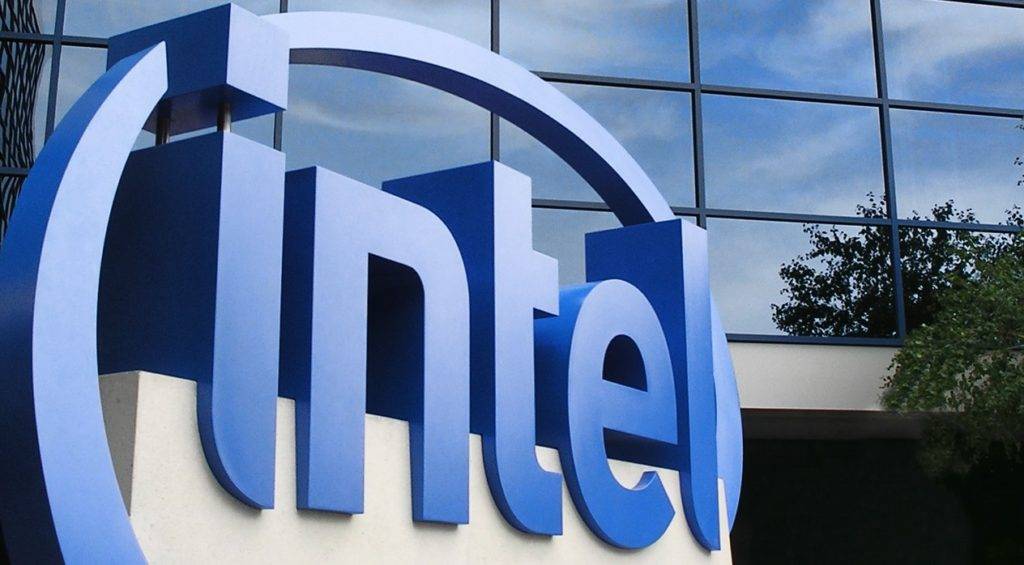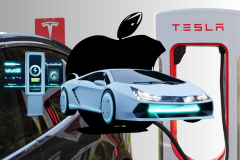Intel has been working diligently over the past year to improve its role in autonomous technology. With the PC industry not really moving, and the self-driving car industry exploding, this move may make good sense for the firm.
Self-driving vehicles are fast becoming a big deal, and are expected to create huge social and economic benefits. In a recent report, Morgan Stanley estimates that within the United States, autonomous vehicles might result in annual savings of $1.3 trillion. This number is reached by looking at the fuel savings, money saved by having fewer accidents on the road, productivity and congestion avoidance gains.
Although the economic aspect is fantastic, the social and safety benefits are also important. Most crashes happen each year due to human errors. Self-driving vehicles have the potential to give personal mobility to the elderly and individuals with disabilities, while also reducing traffic congestion and minimizing pollution, among other benefits.
See Also: Sacramento to let fully autonomous cars on public roads
In fact, by 2025, it is expected that the autonomous vehicle market will have reached $42 billion, according to research done by the Boston Consulting Group. By 2035, estimates show that almost 76 million vehicles will be equipped with some form of self-driving technology.
Due to the rapid growth and rising interest in this technology, the Federal Automated Vehicle Policy was released by the U.S. Department of Transportation and NHTSA, back in September, to provide a roadmap for Highly Automated Vehicle’s, which includes a 15-point safety checklist. Before the policy release, President Obama issued this statement, “Government sometimes gets it wrong when it comes to rapidly changing technologies. That’s why this new policy is flexible and designed to evolve with new advances.”
In light of all the advances in automated vehicles, Intel Corporation, the world’s biggest chipmaker, with its cloud and data center technology, 5G connectivity and in-vehicle computing, has thrown its hat in the ring to become a major player in this new software-defined automotive world.
Having transformed into a company that focuses on powering the cloud and a plethora of smart devices, Intel’s new plan is to prioritize high-growth areas like self-driving technology, and place less focus on the slowing PC market.
The Internet of Things will be host to 50 billion devices by 2020, with each device producing around 1.5 gigabytes of data every day, while an autonomous car will be producing nearly 40 gigabytes of data every minute.
“All that data is going to find its way to data centers. From the creation end of the data in the billions of devices to the data-crunching end, Intel has a role,” explains Brian Krzanich, CEO, Intel Corporation.
Intel isn’t alone
During the past year, Intel has been actively dealing with acquisitions, collaborations, reorganization and investments towards self-driving technology. During the summer, Intel joined with BMW Group and Mobileye to work on transforming autonomous tech ideas into real products, and they will continue to make this their focus. Intel recently invested over $250 million over the next two years towards self-driving technology as well.
“The Intel advantage is a consistent architecture that the industry can work with that scales literally from a developer’s laptop to the data center,” states Intel’s Diane Bryant, in regards to this new chapter.
Shifting focus to things like autonomous driving technology is a sensible and intelligent move for Intel, but it isn’t a new idea. Other companies, including Nvidia, Microsoft, and Qualcomm are competing to get their piece of the pie too.
With so many possibilities within this growing industry, 2017 will be an interesting year in the world of autonomous technology, with many companies hoping to emerge as leaders.










